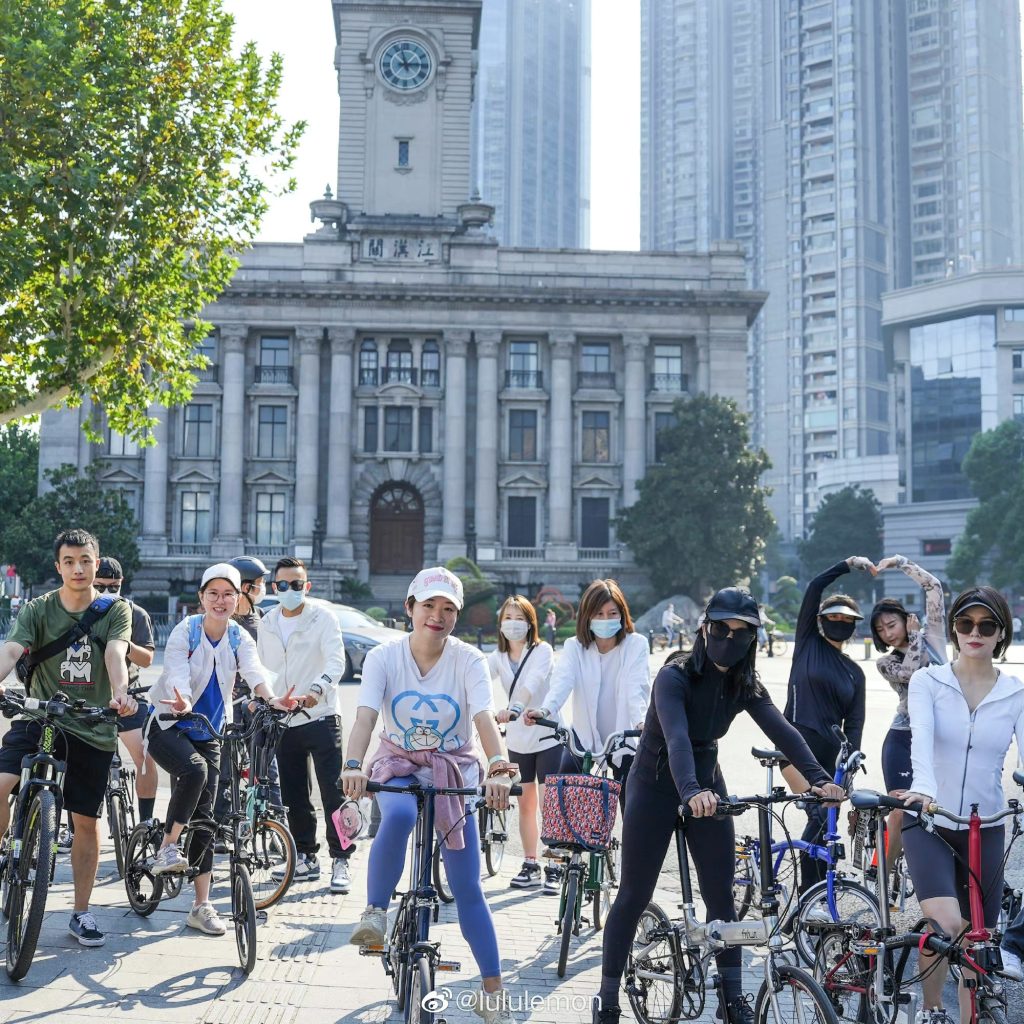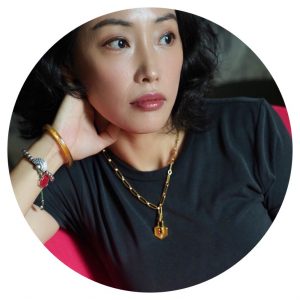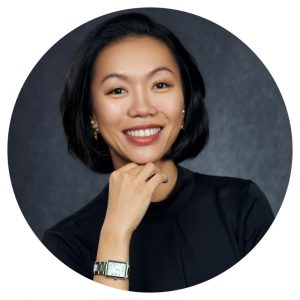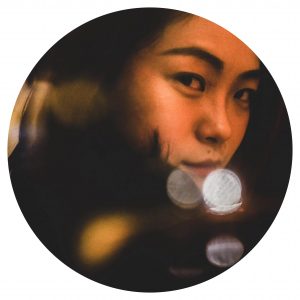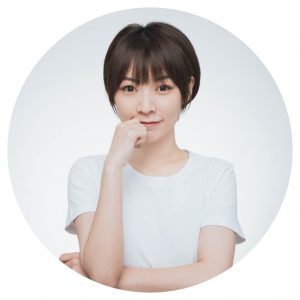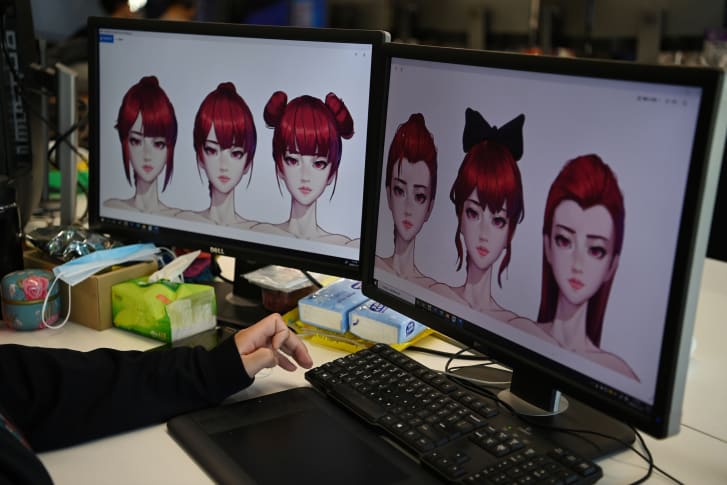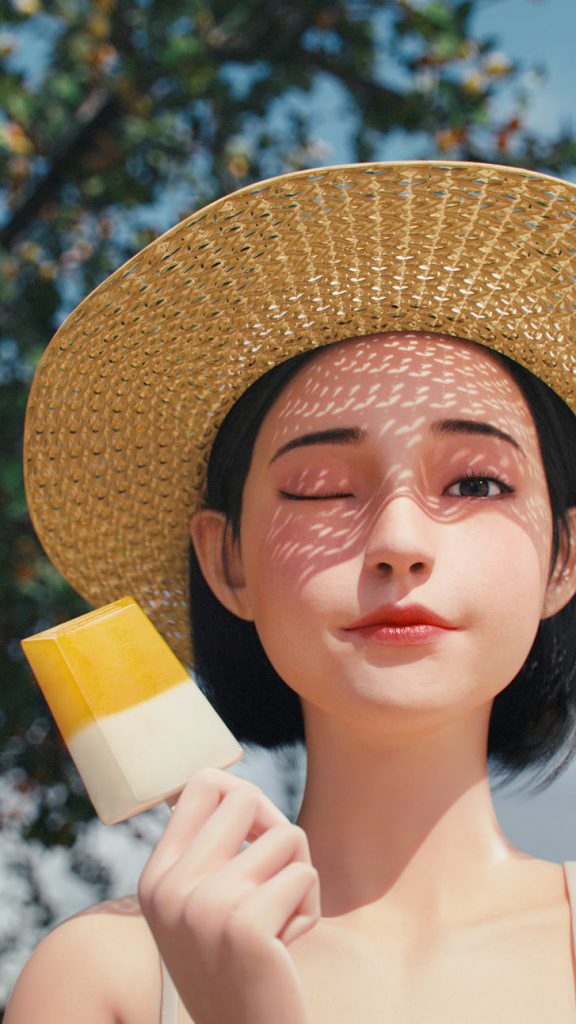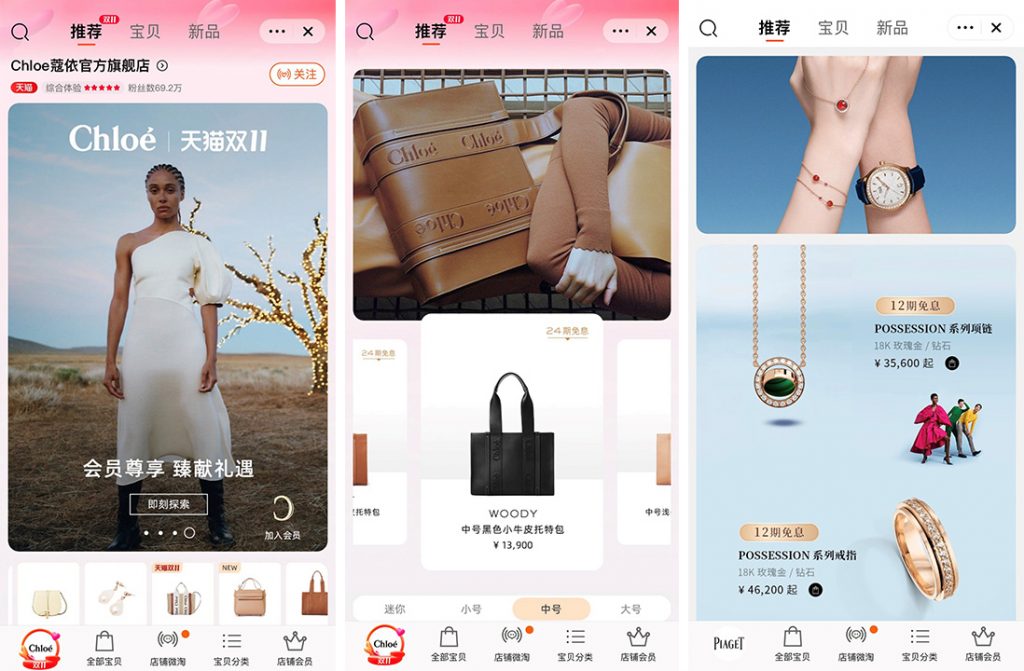Professionals at McCann, Ogilvy, R3 and RedAnt in China recount their experiences of balancing life and work while coping with the overall gloom of Covid in the country.
China’s abrupt re-opening in the middle of winter when respiratory viral infections usually peak, is turning out to be a deadly decision. Though the official cases of infections and mortality remain suspiciously low, according to leaked information, health officials estimate that about 250 million people—18% of the population was infected with Covid in the first three weeks of re-opening itself.
As the virus rips through the country with fever medicines in short supply, familiar scenes of overwhelmed morgues and chaotic public hospitals continue to fill our social feeds. Those working in the marcomms industry, of course, are not immune to what’s happening. Campaign Asia-Pacific reached out to adland professionals in Shanghai to get a sense of the ground reality.
Shanghai is not only the largest city in China, but also its marcomms hub. The city went through a stark period of extended lockdowns earlier in 2022 and is now experiencing the worst Covid crisis since the start of the pandemic. While some younger professionals are recovering and looking forward to reuniting with family once the country comes out of its self-imposed isolation on January 8, others are struggling but optimistic about the light at the end of the tunnel.
Linda Yu
General manager, Red Ant Asia, China
It’s a little absurd when my husband was in a fangcang (stadium turned quarantine centre) while everyone outside had already caught Covid. He’s one of the last fangcang “victims” travelling back from another country and I’m one of the first “home grown” new wave victims.
Everything changed in just one second, people caught Covid as quick as lightning. The streets were empty for a few weeks.
At the moment, there is a visible impact on my daily life versus the last few years of hardcore zero-Covid. My parents are old and worry about falling sick. That in turn, leaves me worried about taking care of my children. Schools are now online, and I am back to working from home. It’s really two worlds out there: those without children or caring responsibilities have it different. I also need to check on my parents from time to time, and it’s worrying. Other than that, it’s refreshing to be on the same page as the rest of the world, though it will take time to finally sync, it’s a start, and soon we will get there.
Yong Yuan
President, Ogilvy Advertising, China & President, Ogilvy Shanghai
This recent Covid wave has felt more like a tsunami, with infections spiking at a speed that was difficult to imagine even a month ago. The top priority for me has been to ensure that all our staff were healthy and had access to medicine, antigen kits and any other type of assistance they could need after getting infected. I have to say it has been once again amazing to see how our teams supported each other over the last few weeks, with employees taking more on their plate to allow sick team members to fully rest and recover, whilst still ensuring client projects were completed on time. Everyone has been impacted across China, and whether it is among our teams, partners or clients, there’s been a great level of empathy and understanding across the board.
Luckily now we are past the peak, and I personally feel a renewed sense of optimism for 2023, with mobility steadily returning to pre-pandemic levels and a progressive rise in domestic consumer confidence. The challenges of the past year have made us more resilient than ever, and we’re ready to seize new opportunities that arise in this post-reopening era.
Pekyee Lai
General manager, L’Oreal Business, McCann China
2022 has taught us all to be resilient, flexible and appreciative. We lost precious time with our families, but we fostered new friendships with neighbours and our community. We learn to deal with whatever that is thrown our way and find a way to make things work.
During lockdown, the team had to juggle with ordering food, work and family. I am amazed at the level of resilience the team demonstrates. With the recent outbreak, 80% of the team was down with Covid, but we carried on with shoots and tried to meet our timelines.
Now that borders are open again without quarantine restrictions, we are looking forward to reuniting with our families again.
Henry Shen
Chief strategy officer, McCann Health, Greater China
The winter treats people like a roller-coaster, from zero-Covid policy to the other extreme, which also creates divisions among people. The government requests everyone to become the first person responsible for his or her health. But the question is whether people are aware of the responsibilities and fully prepared? It’s a time of uncertainty, but also a critical opportunity for brands to play a meaningful role, to bridge divides or rebuild confidence. Don’t waste this crisis.
Freedom versus life: what’s the optimal solution for the pandemic? Some argue nothing is more valuable than freedom and say no to any form of quarantine is worth it, while others feel nostalgic about the government safeguarding the people in the past three years. Unfortunately, there’s no standard answer to satisfy everyone.
The young versus the elderly: for young folks, it’s becoming a trend to claim positive results of Covid on social media. Get it and get over it, almost like a carnival. However, when it comes to the elderly, it can be a matter of life and death. It’s almost impossible to access critical medical resources, and neither can they distinguish what’s right or wrong in the explosion of information on the internet.
Teriea Lu
Business development & marketing expert, R3
It’s good to see everything finally on the way back to track. Slow but processing. Luckily, I am one of the first tiers who had Omicron a month ago. I think the most important thing is if you’re mentally ready rather than worrying about everything that could affect you.
In the meantime, I also believe people understand more now about “远亲不如近邻” because of the lockdowns. It was dark but also brings out the most beautiful part of people. Just from myself, I’ve experienced and seen many examples of neighbourly cooperation, even between total strangers who just see needs and help. Information online becomes friendship.
Professionally, it’s certainly more challenging from three angles:
- how to develop business with quiet market and brands
- self-business transformation or upgrading, including business focus and team structure to adapt to the market
- how to present ‘boring’ consulting work in a more attractive way to avoid losing the one on the other side of the screen.
Thanks to our global and local teams, I can now see a good sign that we have started well on all above. It’s about time to let life rock and go on again.
Jason Wu
CEO, DDB China
As the pandemic enters its third winter and the world slowly returns to normalcy, we have to adapt to the current situation instead of complaining about the current circumstances; only the bold and the flexible can thrive as the global landscape continues to evolve.
The pandemic over the last three years had seen people’s passion for consumption and their desire for a high quality of life diminishing. With clients more or less rethinking their approach to advertising as well, it is imperative that we break the mould and adopt new ways of thinking; in such extra ordinary times, keeping the status quo will no doubt bode ill for both advertising agencies and their clients.
While people from different sectors are lamenting about budget cuts and cancelled jobs, one should nevertheless still keep his head up and always take the first step––which is what we did during the pandemic. By actively discussing with clients on how people’s sentiments had shifted during the outbreak, we were able to formulate the right strategies that could be delivered with more effective digital marketing channels. It is the principle of “trying our best to adapt to the current era with respect to customer insights” that drove and continues to drive us; with the numerous success stories we have had with different clients like Mars China, we are proud to say that this practice has served us very well so far indeed.
This winter season is undoubtedly a very chilly one. As pandemic restrictions continue to be lifted, however, we believe that topics like travelling, sports, and health will become popular among consumers again. By incorporating these topics into an advertising campaign and then fine-tuning its design, success will no doubt be just right around the corner.
Karen Lv
Associate Director of Strategy, Zenith China
With the release of the “New Ten Measures”, we have entered a whole new chapter. Many of our clients are concerned about the impact of these changes on their brands and our strategy to deal with them. Therefore, Lion Inspiration Hub quickly started the team to deep dive the insights of consumer behavior changes.
As a strategist from Publicis lion inspiration hub, I noticed that consumers always maintained a positive mindset in the face of adversity. As we all know, they created a series of new trends this year to deal with the restrictions. Behind the rise of camping, skateboarding and cycling, we saw that consumers still love life despite the limited conditions, and this love continued into the present. They actively prepared medicines, as well as many products that can bring solace, such as canned yellow peaches (very popular!). After recovery offline consumption scene is gradually heating up and tourist attractions are seeing traffic. Although it is still a cold winter, the spring is gradually reviving.
During the project, we also experienced the situation that the team were infected, and even I became the only survivor. Although there exist many difficulties, I am glad we overcame them and made the project complete on time. I also hope to stay positive in 2023. A new challenge has come, and I believe we will win in the end.
Sylvie Liu
Business director, BBDO Beijing
From looking forward to waiting for it and then enduring while enjoying, it’s been a full circle moment. I have no serious symptoms, just high fever which did not impair my appetite. Work from home is a challenge especially when you have a three-year-old child and 40℃ temperature. I have been living in anxiety because it’s impossible to predict the infections in the team. There’s this constant fear of who and when will be the next positive case.
This article originally appeared in campaign.
